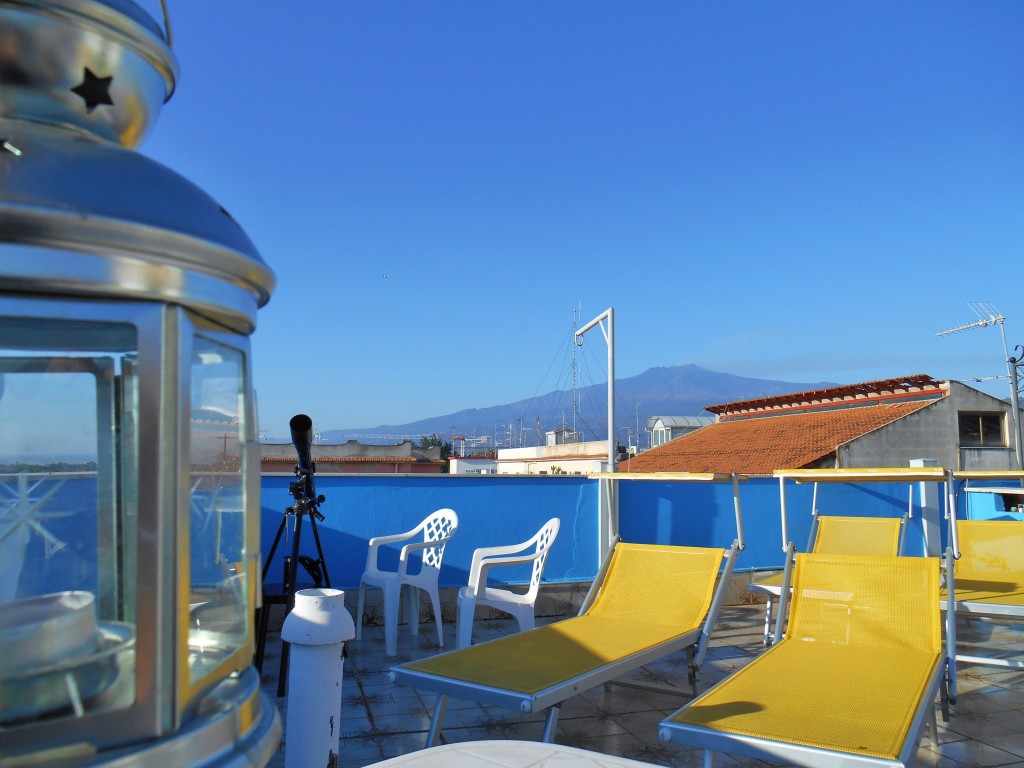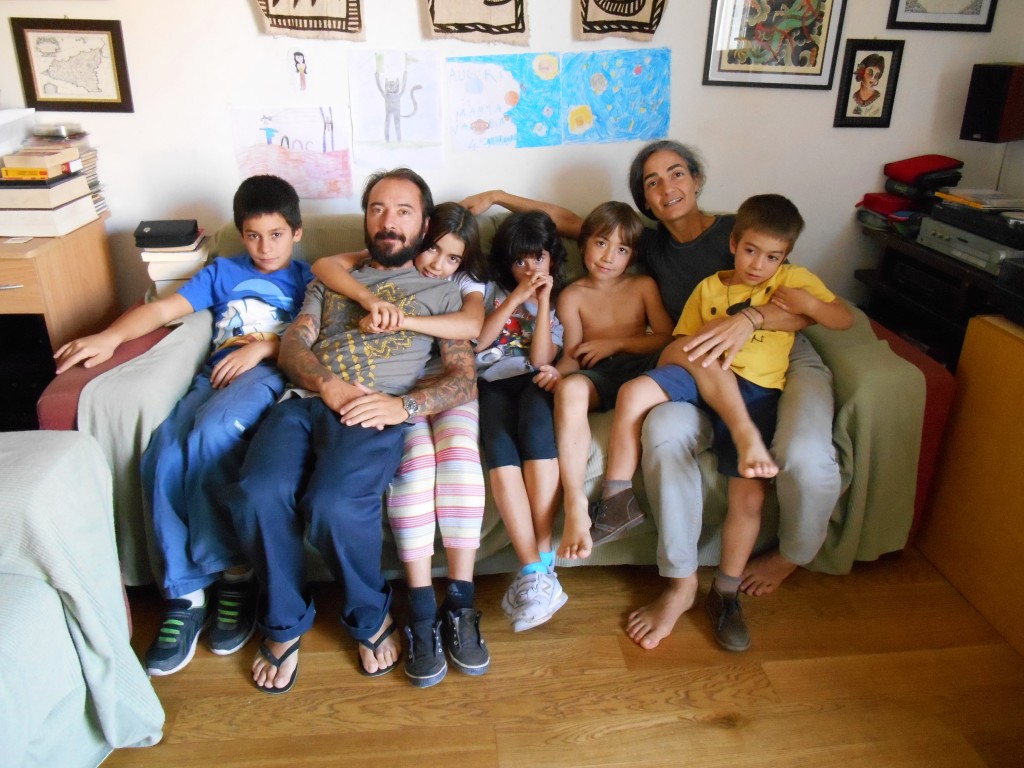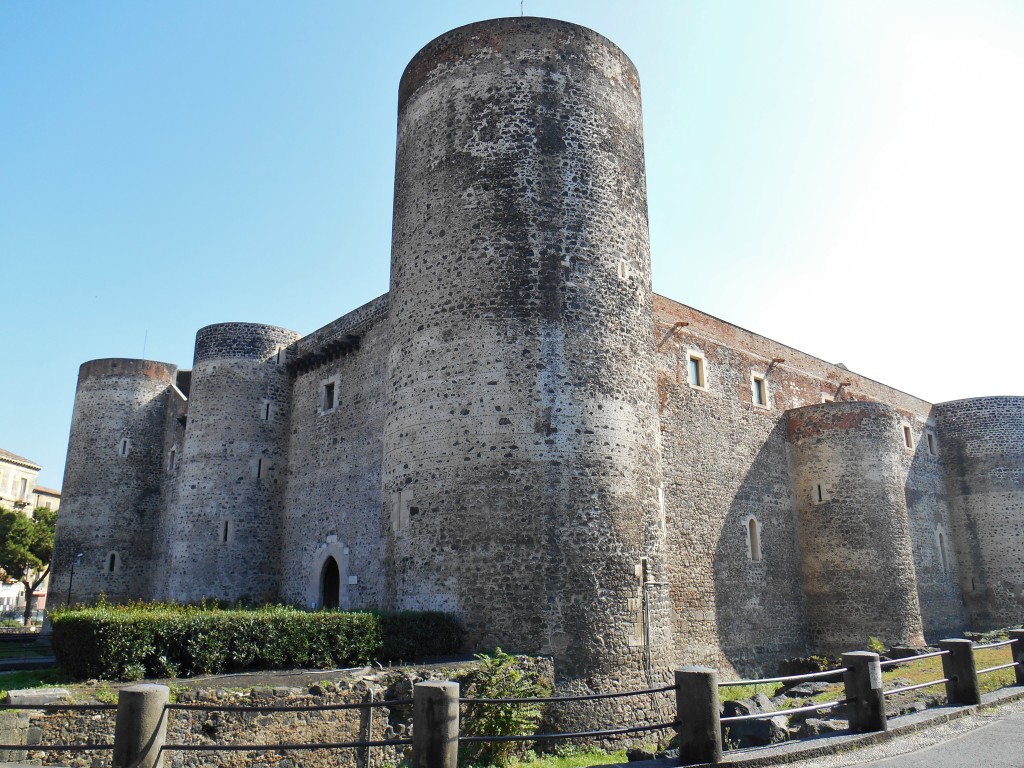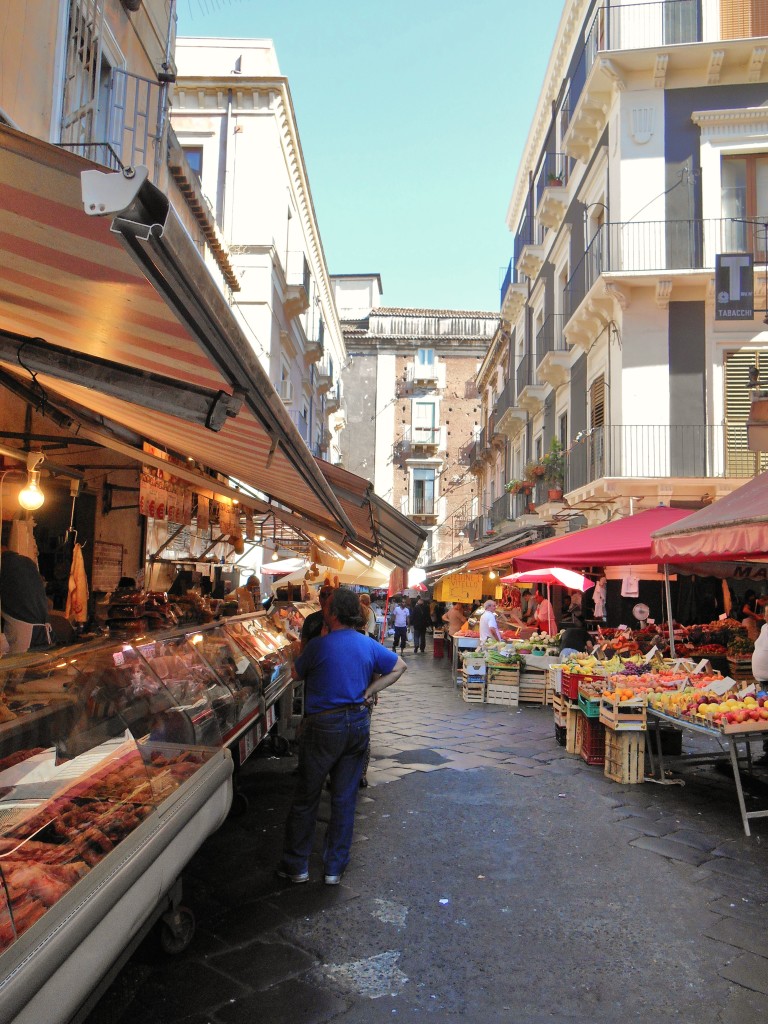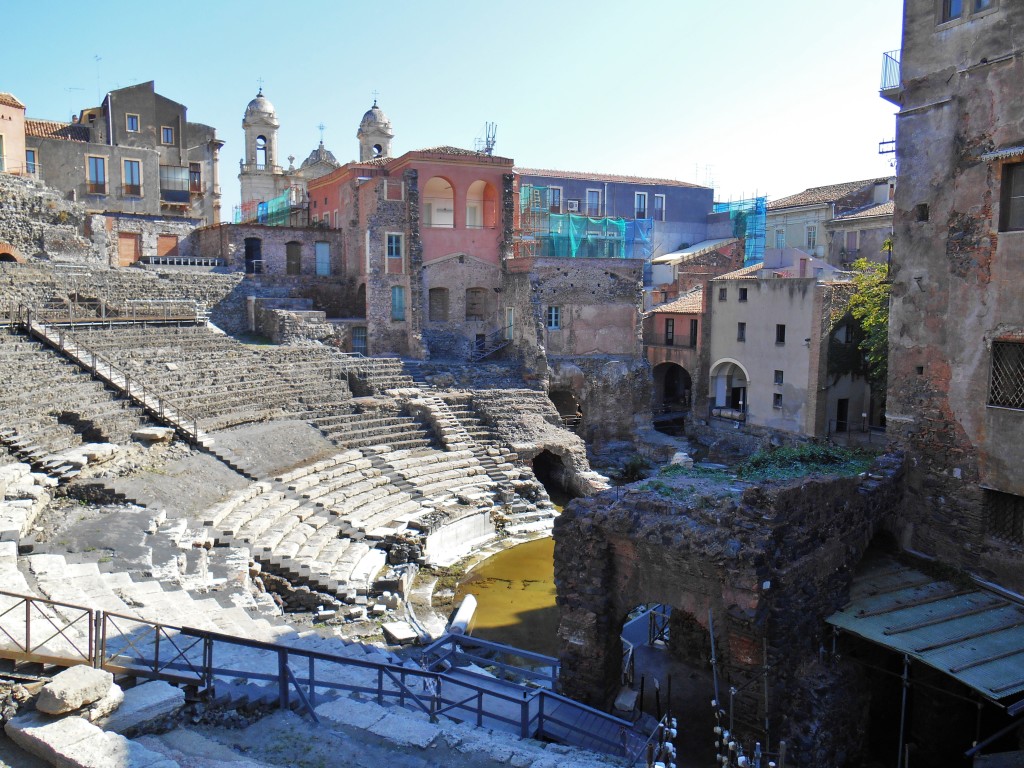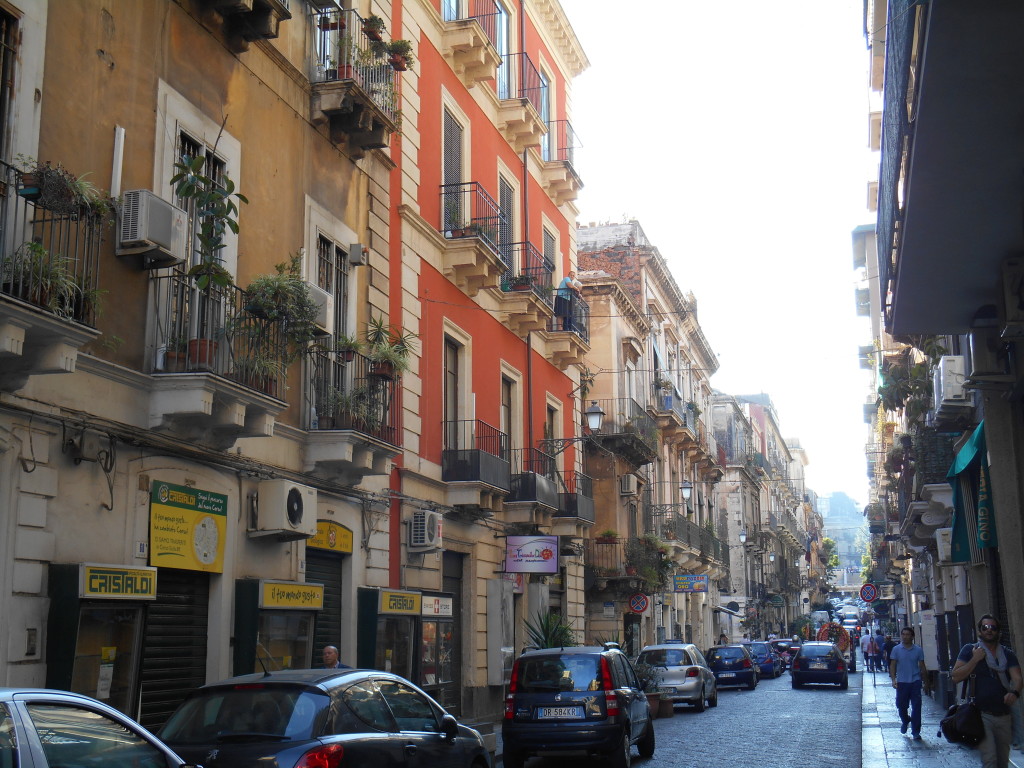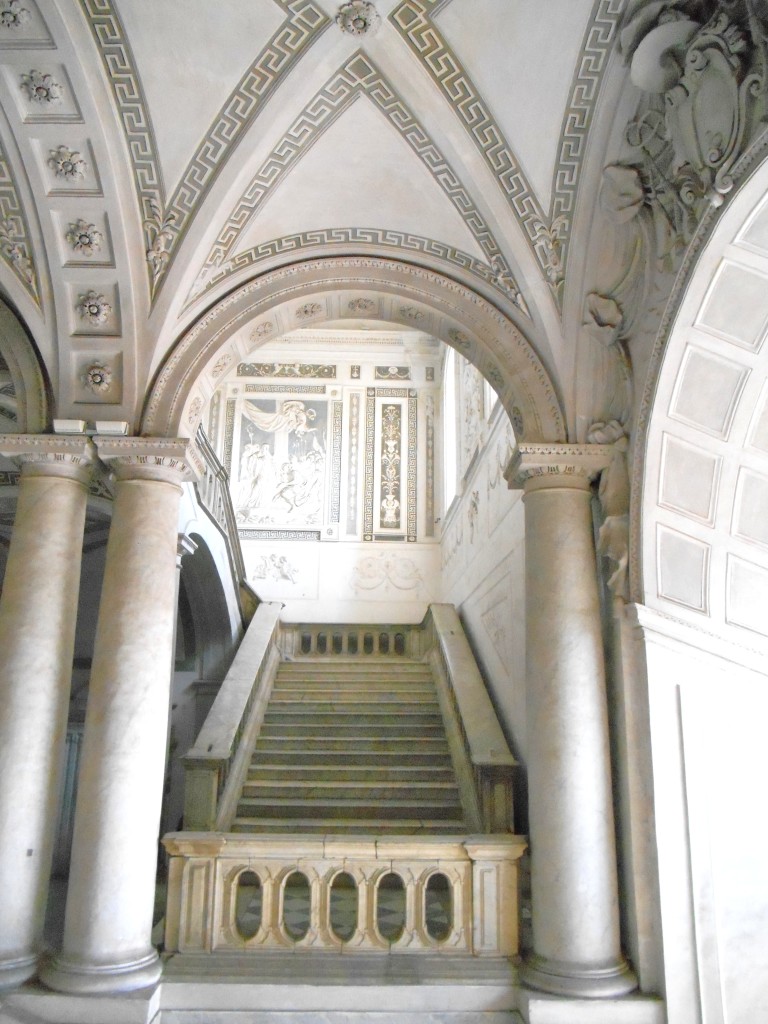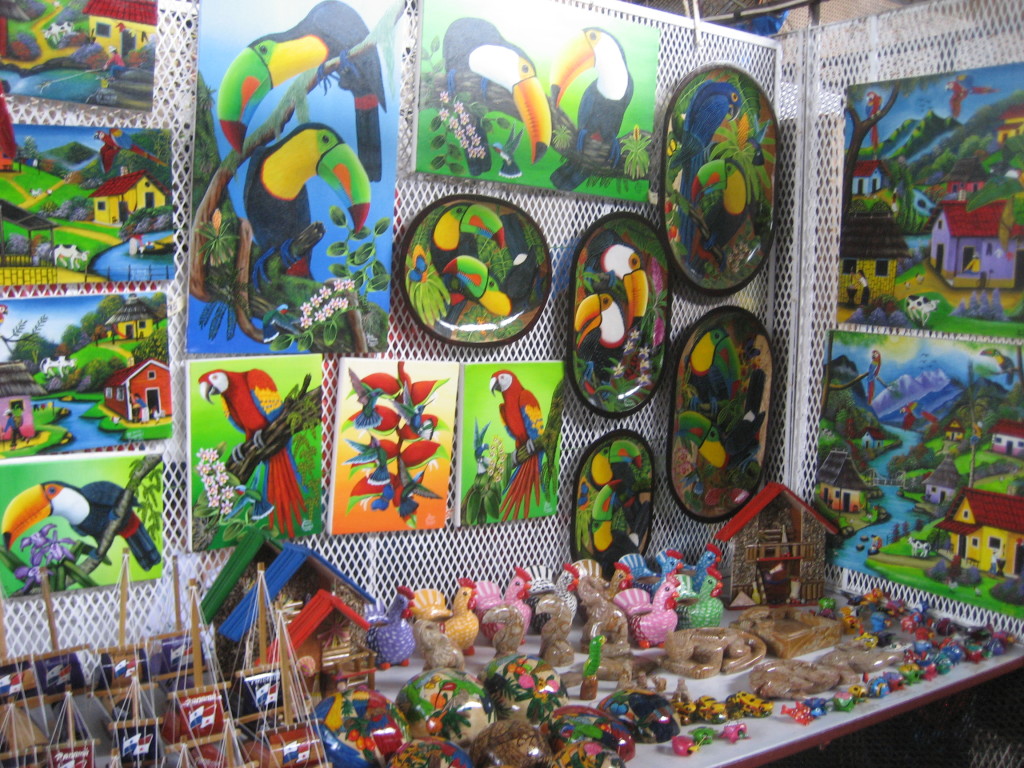Continuing the plan for a longer stay in Sicily
Deciding to take time and learn Italian from the Italians in Italy I chose Sicily for the weather during the winter season. It is warmer here and I do not understand why there are no more people visiting this time of the year. Taking sun is perfect as not too hot and the water crystal clear and refreshing. At night the temperature drops and we need a sweater but it isn’t bad at all. After two days in Catania, experiencing the life with a local family, my second part of the plan to learn and help was in development. With the need to stay longer and the fear of not imposing or taking advantage of people, the Workaway site was a great option. Offering my time and effort for someone’s business or house, or helping with their children, garden or other chores, I feel like I pay for my free bed (and possible breakfast) and I do not feel obligated or guilty. With a little research I found a few hostels looking for help and things worked out well through e-mails and Skype. After my departure from Catania I came to a hostel near Taormina to work for my bed and breakfast: An exciting project for me. Unfortunately already in low season, we do not have a lot to do. Yet, the brain storming for new ideas it is great as well. We plan on new projects such as Italian cooking classes, Italian cooking lessons, and different packages for guests, as well as new construction and improvement projects. The hostel is called Gianni House and it is just 3km from Taormina. Close to a nice and quiet beach, right behind a tempting bakery at the bus station, the five level building with a terrace on the last floor, colorful and clean rooms and bathrooms, a kitchen and gathering area for guests, Gianni House is more of a hotel than a hostel. My favorite part is the amazing view upstairs. You can sit there and watch Mount Etna and it’s different moods (blowing smoke or at times even fire; or being quiet and peaceful). Or you can take sun, or watch the port with the cruise lines or sail boats arriving and departing. Or turn the other way and see my favorite view of them all, Taormina and Castelmola. At 5.5km away, just the perfect walk for me after eating too many sweets and pasta, is the fantastic Isola Bella. Amazing pictures in another post. Just enjoy the view from the terrazza now. 🙂
